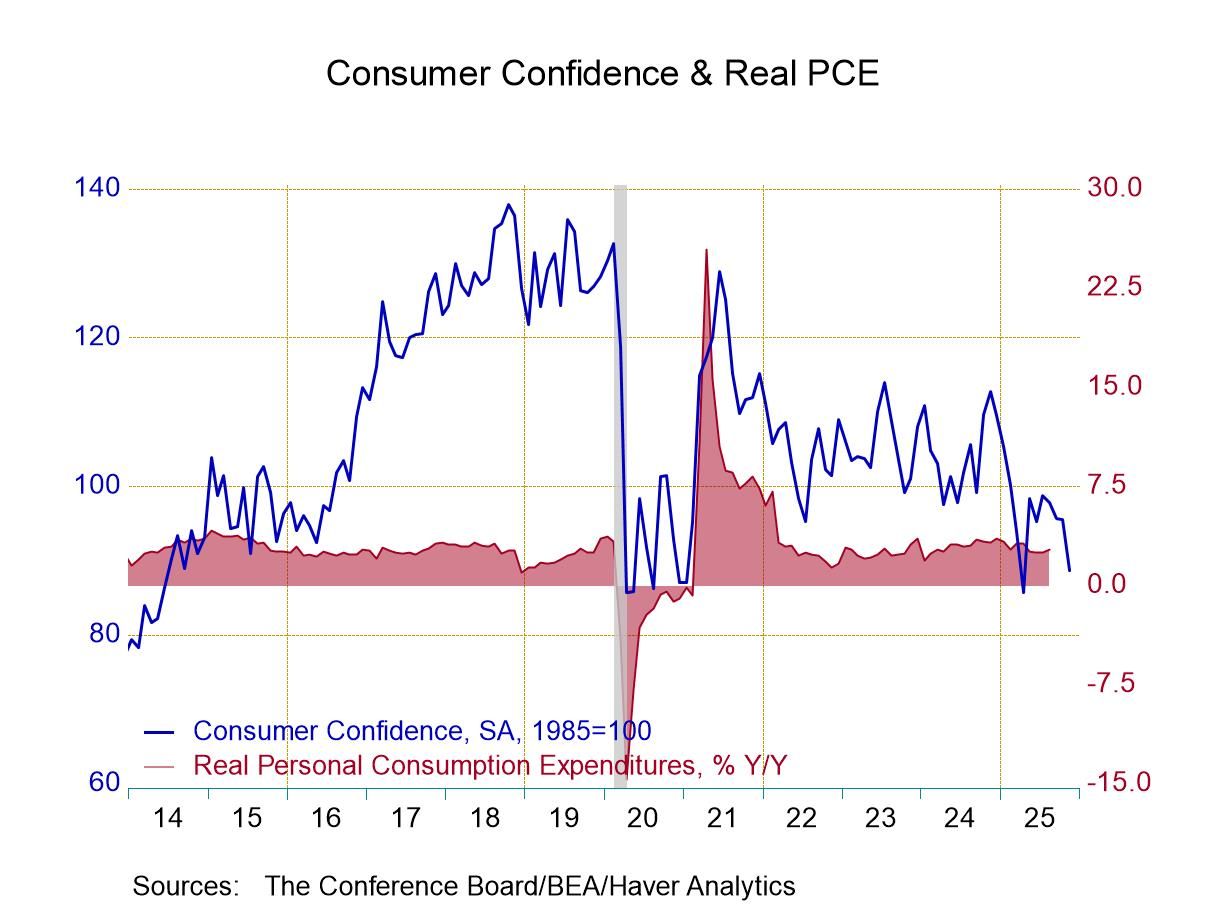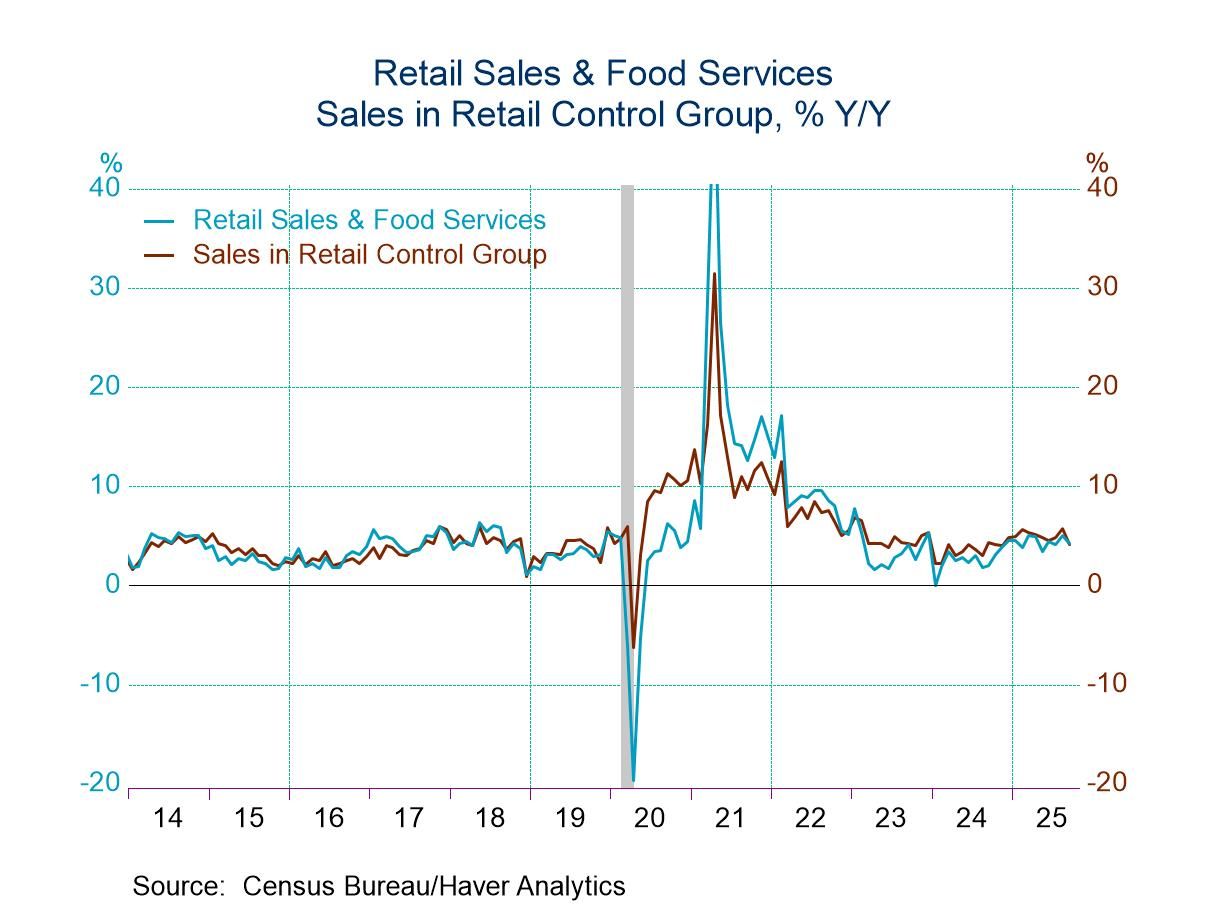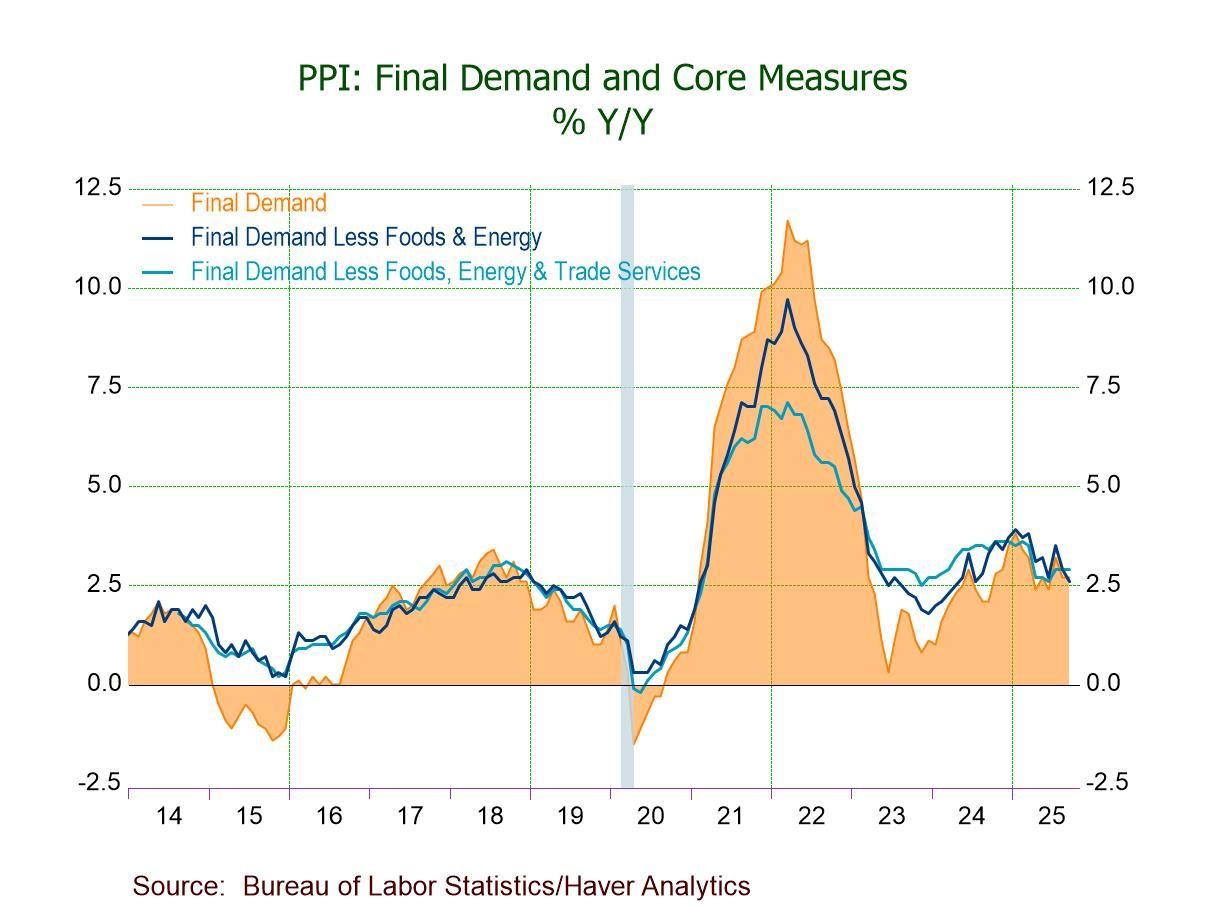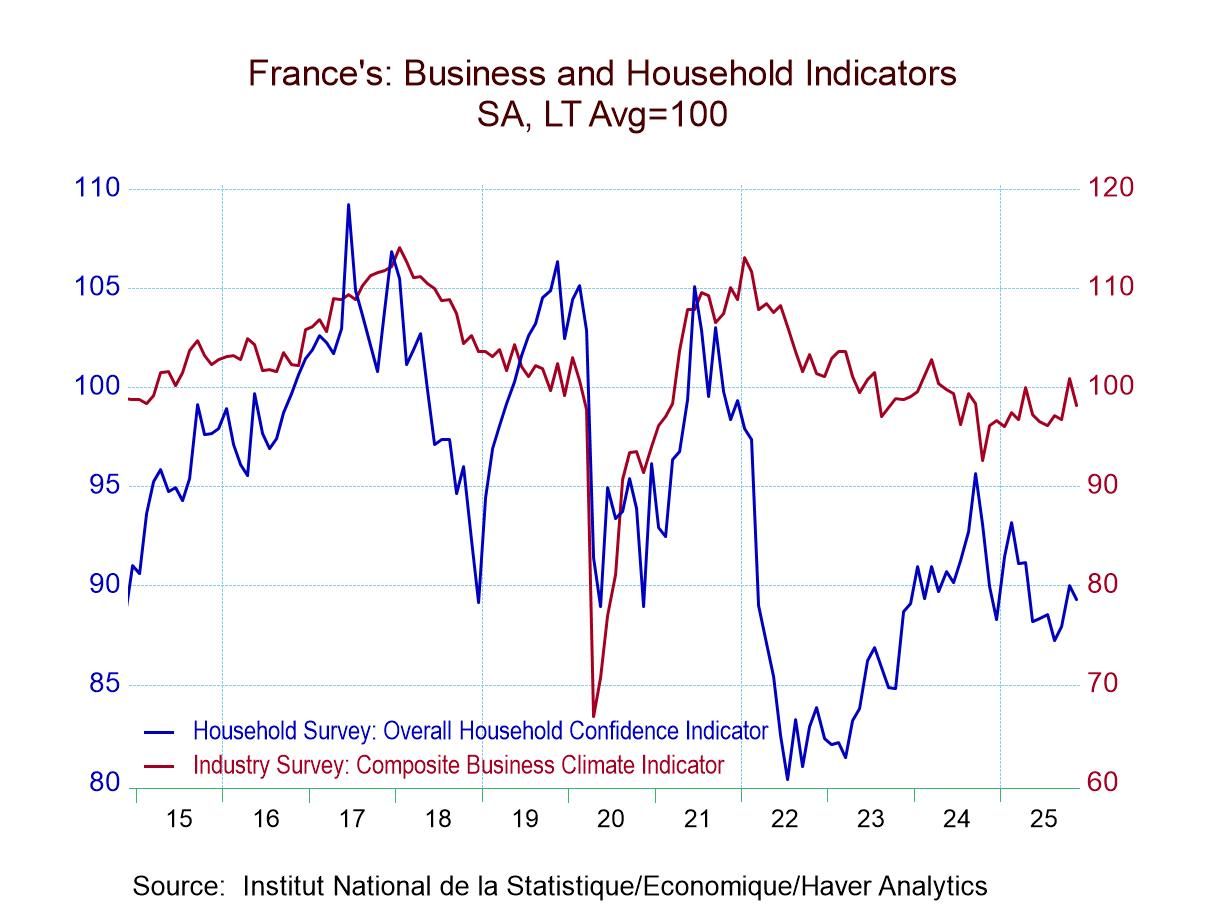EMU Shows Ongoing IP Contraction…Yet Progress, Too

The bottom line on this report is not that it is mixed. The headline on this report is meant to reflect the fact that industrial production clearly continues to be weak, clearly continues to decline; however, the pace of decline shows signs of easing- both in terms of some of the sequential growth rates and in terms of the performance of the manufacturing PMI for the Monetary Union. The overriding message from the report is that conditions remain weak and are not recovering. However, there is a significant side-bar message here that things are not worsening and there are some signs of subtle improvement amid ongoing contraction that's the more complicated or sophisticated message from this month's report.
MFG PMI helps to sort out complicated assessments Overall industrial production declined by 3.2% in January after two straight months of increasing. Manufacturing output performs just about the same. However, the message from manufacturing PMI statistics is that manufacturing PMI indexes are higher month-to-month in January, in December and in November; there are higher sequentially over six months compared to 12 months and over three months compared to six months. However, the other message from the PMI gauges is that the PMI manufacturing statistic is below 50 on all those months and all those sequential horizons. So, there's a more complicated story that is told rather clearly by the PMI that tells us that PMIs are below 50 yet they have generally been improving.
For growth rates, industrial production shows manufacturing output falling 7% over 12 months reducing that to a 3% annual rate drop over six months and to a 4% annual rate drop over three months. From 12-months to six-months, the rate of decline is reduced, but then from six-months to three-months the rate of decline accelerates slightly.
Sector stories- Manufacturing sectors show consumer goods output is improving sequentially, moving from a 3.7% drop over 12 months to a small rise over six months to a 7.7% annual rate increase over three months. Durable goods, however, show a steady menu of declines over 12 months to three months without a clear trend. Nondurables output shows a decline over 12 months, then increases over three months and six months, but again, without a clear accelerating trend – but there is still an improving trend. Intermediate goods show an accelerating trend with output falling 2.6% over 12 months, trimming that decline to a -1.5% pace over six months, and then logging an increase at a 1.8% annual rate over three months. However, capital goods, a relatively important sector in the Monetary Union, show worsening conditions. Capital goods output falls 9.3% over 12 months, falls at a 9.5% annual rate over six months, and then accelerates the drop sharply to a -16.1% annual rate over three months.
Quarter-to-Date- Quarter-to-date (QTD) statistics for industrial production are, of course, tentative with only one month's worth of data for the new quarter in place. But here we are looking at the growth rate of the one-month new quarter index against the quarterly average of 2023-Q4. We see a double-digit decline in industrial production QTD at -11.6% pace and a decline in manufacturing at a -17.4% annual rate.
Manufacturing Production across the Monetary Union- Turning to the performance across the Monetary Union and other European early reporters, we see the output is accelerating in a minority of members in January. That's a weaker performance from the 69% proportion of accelerations reported in December, but it's more similar to the 38.5% acceleration rate logged in November. Sequentially output accelerated over 12 months in 45.5% of the monetary union members that stepped up to 69% over six months and then backed down to only 27% showing acceleration over three months. Of the recent three months, conditions are quite weak with a number of countries showing very substantial negative numbers and only Spain and Portugal produce strong positive growth rates over three months as well as six months. Quarter-to-date growth across countries shows declines in most countries with the exceptions being Spain, Portugal, Greece, and Belgium.
Growth rate rankings in historic context- The far-right hand column ranks growth by sector and by country by comparing the current year-over-year growth rate and industrial output to historic record back to 2007. On that timeline, all the aggregate monetary union growth rates are extremely weak. In fact, EMU sector growth rates are below the 15th percentile except intermediate goods which has a 31-percentile standing. Among EMU members, only two countries have growth rates that are above their historic medians (that is above a ranking at the 50th percentile) and the exceptions are Spain and Greece. For the other three reporting European economies (not EMU members), the U.K. growth rate has a 64.4 percentile standing, Sweden has a 53.7 percentile standing, and Norway has a 31.7 percentile standing. These standings are generally higher and more moderate than what we see among Monetary Union members.

Summing up The European Monetary Union continues to show a great deal of weakness in the industrial sector in January. There are some hints that on a growth rate basis conditions are not deteriorating faster and may be improving to some extent. However, this assessment is a little bit like a tempest in a teapot since growth rates largely remain negative and any optimism is focused on a collection of slightly smaller but still negative rates of growth; that's not reassuring enough could be construed as good news. However, there are straws in the wind of things getting better. The ranking of growth rates shows that growth across monetary union sectors is exceptionally weak by historic standards and the overall manufacturing growth rates across countries are also weak and uniformly weak. But if the ECB has substantially broken the back of inflation and has less work to do and may even be on verge of reducing interest rates, the future could brighten considerably for manufacturing in Europe.
Robert Brusca
AuthorMore in Author Profile »Robert A. Brusca is Chief Economist of Fact and Opinion Economics, a consulting firm he founded in Manhattan. He has been an economist on Wall Street for over 25 years. He has visited central banking and large institutional clients in over 30 countries in his career as an economist. Mr. Brusca was a Divisional Research Chief at the Federal Reserve Bank of NY (Chief of the International Financial markets Division), a Fed Watcher at Irving Trust and Chief Economist at Nikko Securities International. He is widely quoted and appears in various media. Mr. Brusca holds an MA and Ph.D. in economics from Michigan State University and a BA in Economics from the University of Michigan. His research pursues his strong interests in non aligned policy economics as well as international economics. FAO Economics’ research targets investors to assist them in making better investment decisions in stocks, bonds and in a variety of international assets. The company does not manage money and has no conflicts in giving economic advice.






